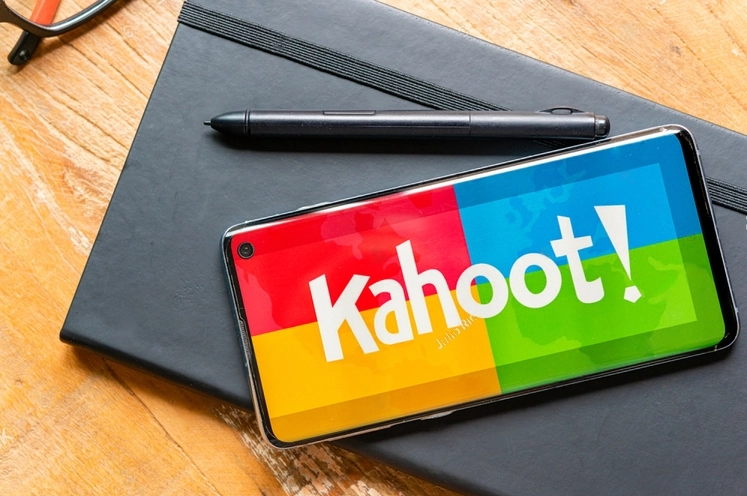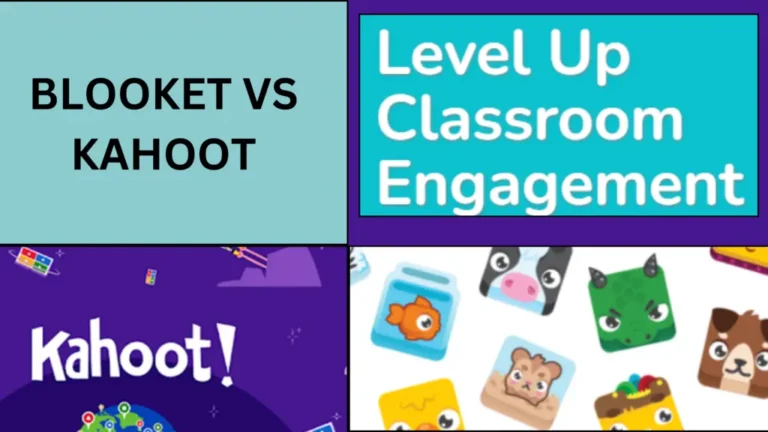Gamification: How the New Approach Helps in Studying
Gamification is the introduction of entertaining forms into a non-game context: work, studying, and everyday life. It helps increase sales, retain clients, boost employee loyalty, and study with maximum involvement. This approach is used in business, marketing, and, of course, education. In this review, we will tell you where it came from and why it is a new trend in many areas of life.
The essence of gamification
Gamification uses people’s natural inclinations to collaborate, compete, and achieve. The method stimulates people to set tasks and improve productivity. Levels that need to be passed, awards, and rankings are actually the tools of engagement. The idea of this method appeared many years ago, but its effect has been proved only now because the previous methods of motivation gradually stopped working. Millennials and Zoomers have been accustomed to video games since childhood. Thus, the transfer of competitive and rewarding methods fits their lives more organically. That’s why many teachers started to use a board game creator available on https://www.storyboardthat.com/create/game-posters to teach kids.
Example of gamification:
Once, a history teacher drew an image of an ancient Egyptian. According to the story, the gods were angry with him and sent him to our time. Each of the students could return the frightened “tourist” back. The main thing was to accumulate enough “magical power” by correctly answering a series of questions about the country of the pyramids. Trying to earn points, even losers joined the game. The lesson took place in 1995, and in the early 2000s, this technique was massively called gamification in education.
Principles of gamification
Teachers use the gaming methods to simplify the learning exercises and bring at least some enjoyment for the students. Any learning experience feels like a game, causing a better engagement rate. Students will enjoy completing tasks, which is similar to the joy of passing a difficult game level. In particular, gamification allows achieving the below results:
- Brings motivation
Games are known for their stimulative effect on the motivation of lazy students. If a student is well-motivated, he or she will not leave the game at one of the stages. However, a teacher should give students a specific purpose that will move them forward. Indeed, that is the main principle of gamification. Teachers can award students with some bonuses that they will receive with each completed level. If we talk about marketing, there can be a progressive discount system: the more you buy, the more you save.
- Gives a certain status
Gamers are well aware that their characters make progress with every successfully completed level. So, the more actively you play, the stronger a character becomes. This principle is also suitable for gamification. At school, this may be a recognition of the schoolmates, better grades, scholarships, etc.
- Encourages you with a reward
Most games award their players with gold coins, credits, or virtual diamonds after passing the level. The more difficult the level is, the more credits you get. Rewarding is one of the main gamification principles. Such prizes as salaries for employees or positive grades for students gradually stop working. A person knows that if he does his task well or very well, the result will be the same. An additional reward motivates him to act faster, better and gives extra interest. An exemption from homework for the best student will help increase motivation.
Additional principles can be added to the main ones. Games can include competitive elements, team tasks, stories with an evolving plot. A suitable option should be selected for each specific task.
Gamification of studying
Entertaining study methods can be used both in school lessons, extra courses, and corporate training. According to experts, any process, from teaching mathematics at school to teaching management skills, may turn into fun. There are no limits to gamification.
Training can take place both with the use of rewards and ratings and with the help of third-party programs. For example, children prefer reading via smartphones, so interactive activities and VR technologies will help study the topic both in the classroom and at home. Professional developers are involved in the creation of such games, but you can also do it yourself. Try the available innovative solutions and enjoy the result!







